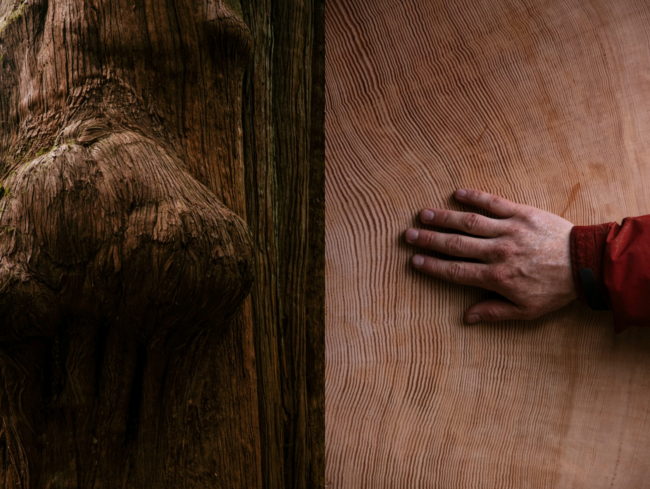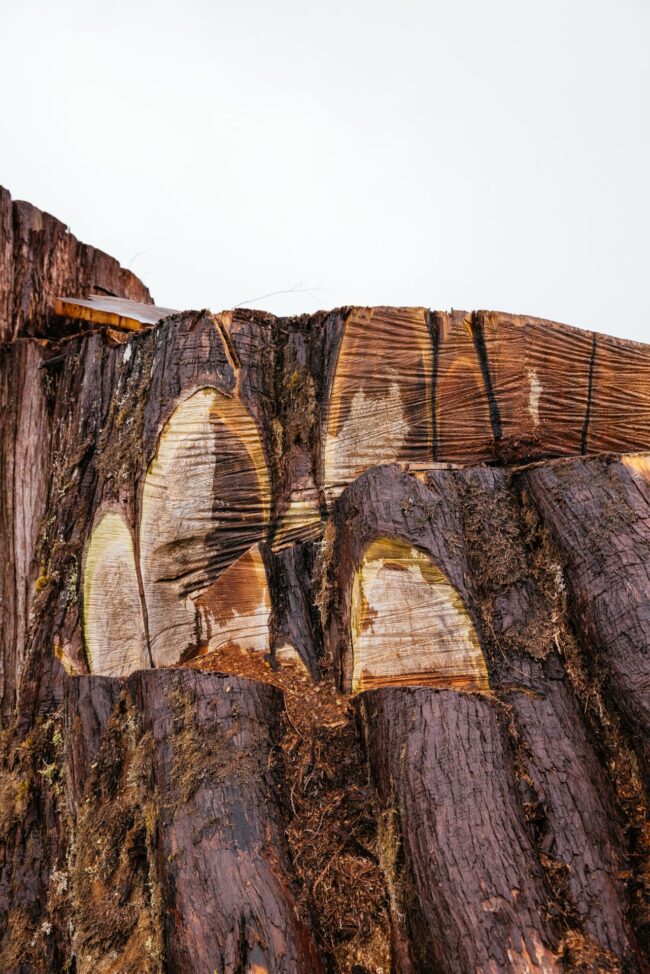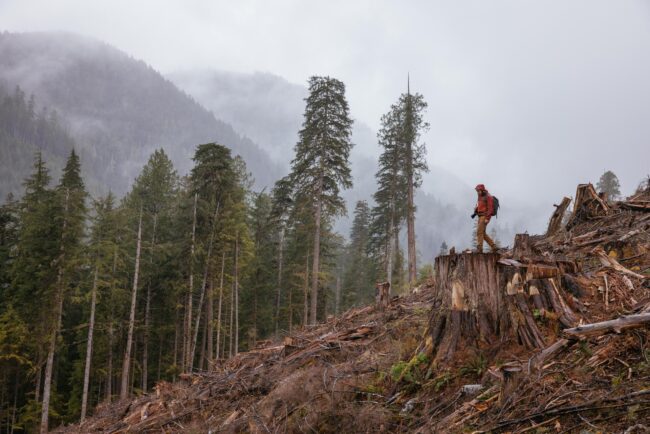Jeremy Koreski
Heidi: You’ve spent your entire life in Tofino, Vancouver Island, how has living there informed your photography?
Jeremy: Growing up in Tofino definitely influenced the way I see the world. My parents were always taking my siblings and I on adventures and would try to do at least one international trip a year. Looking back I didn’t realize how lucky I was at the time until I started seeing other parts of the world.
Have you ever lived anywhere else?
After graduating high school I spent a few years living in Europe and then spent two years studying photography in Vancouver.
You published This is Nowhere in 2015, how did your work evolve from that process?
When I first thought of publishing This is Nowhere, it was the first time I felt I’d created a body of work worth showing. It featured places I like to go, places I like to explore, my backyard and places that I feel are important to preserve. The process only deepened an interest in exploring and documenting more of my backyard.
Are you revisiting any of the same areas to show progress in preservation, or lack thereof?
There are places that have actually changed before our eyes while on trips. During evenings at one of my favorite camp spots we watched across the channel as trees were felled and logging trucks worked around the clock to extract an old growth hillside.
You recently photographed TJ Watt of the Ancient Forest Alliance for Patagonia’s The Cleanest Line. The photos are both haunting and beautiful, how does a project like that impact you?
It’s very impactful to be moving through active logging zones, one minute you are sitting next to a 1000 year old cedar in a pristine old growth forest and the next you are in the middle of a clearcut the size of a football field where the destruction feels like a war zone. I do try and see both sides of the argument and would 100% back a well managed forestry industry, but I disagree with cutting any more old growth. Once the last of the old growth trees are cut they’re gone for good.
Does the impact change once you get distance on the work?
Honestly I feel more impacted when in the field shooting. For me it really hits home that even though not everyone agrees with each other we need to find a way to come together and figure out the best path forward. Unfortunately when it comes to environmental issues they seem to be more and more polarized and that’s not going to get us anywhere. I really do think that we as a human race need to find a way to work together no matter what our opinions might be.
How did you and TJ meet?
TJ and I met at a photography show he and I were both participating in. It was organized by a mutual friend.
When TJ and I finally agreed on a day to meet up we drove for about two hours to one of the environmentalist roadblocks and unfortunately arrived 5 minutes after they’d put into motion a drill. For the next couple of hours we hung and chatted until the road was opened up again.
What struck you about TJ and his work?
Something that impressed me about hanging out with TJ was his passion for large old growth trees. He’d seen some new aerial imagery of the area and had spotted a massive crown of old growth cedar in one of the photos. He’d never noticed it until the forest near it was cutdown. We had to hike in a little ways to get to the base, but it was a must stop on the way home.









1 Comment
Excellent. Thanks for sharing Heidi. Great work Jeremy.
Comments are closed for this article!